Landing Nets
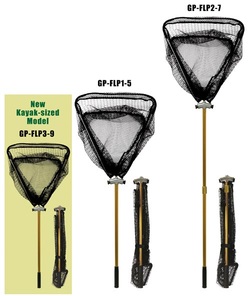
RG recommended a collapsible net with an adjustable, retractable handle with a rubber mesh netting. The collapsible option is for the ease of portability, the retractable handle option is because kayak anglers have to manage their rod with one hand and net a fish with the other. The longer the net's handle, the easier it will be to manage this task from a distance. The rubber mesh should really be a requirement instead of an option. This material is just easier on the fish itself. Most of these net manufacturers now have some special products specifically designed for kayak anglers. Check out casteliaoutdoors.com for great, high-quality landing nets.
Proper Technique
RG shared a few pointers that will help make landing a fish easier.
A: The net should always be in the water before the fish is in it
B: It's best to lead the fish into the net (as the video below demonstrates)
C: Once the fish is in the net, turn the handle toward the sky for an easier lift out of the water. This will keep the net handle from bearing all of the weight of the fish (especially if it's a big one).
De-Hooking
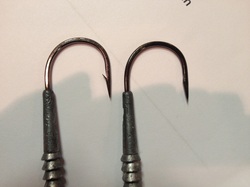
Release
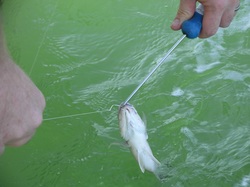
Swim and be Free !!!
If your release happens to be in a place or at a time where no current is flowing, then you must take it upon yourself to improvise and make an artificial current by "pushing" the fish through the water in one direction only. DO NOT "push-and-pull" a fish under water. Push the fish forward under water a foot or two....lift it out of the water slightly, reposition it so that you can push it forward under the water another foot or two. Repeat this process until you have a revived fish. Again...DO NOT pull a fish backward under water!!!!
Door Prizes

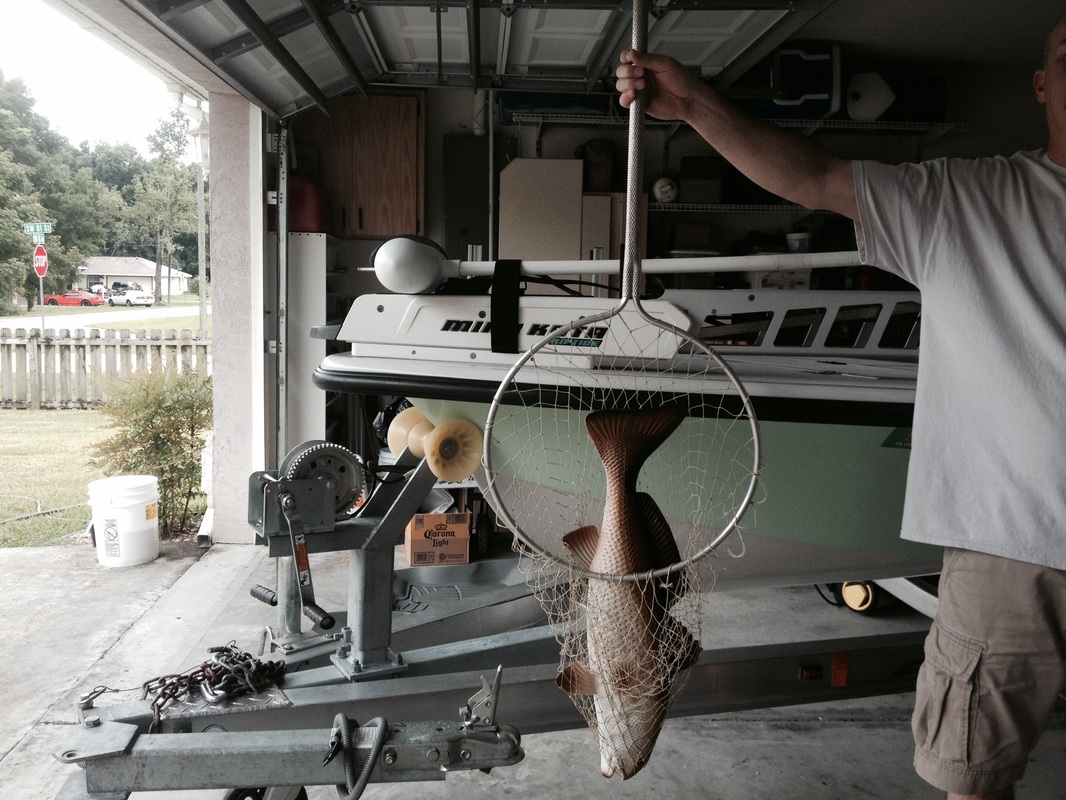
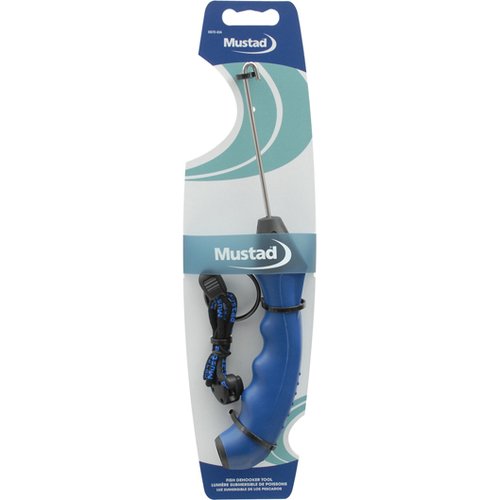
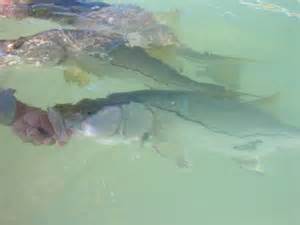
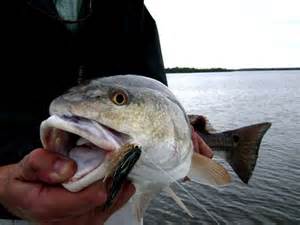
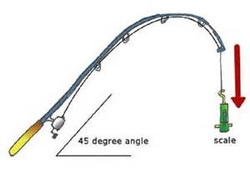
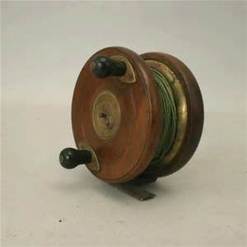
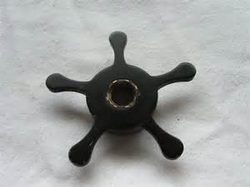
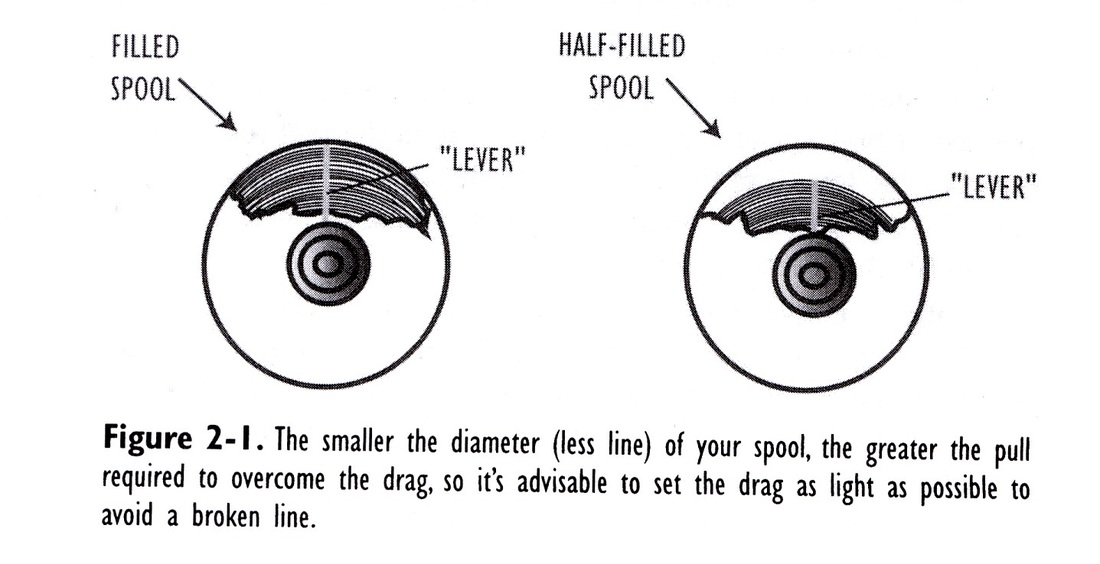
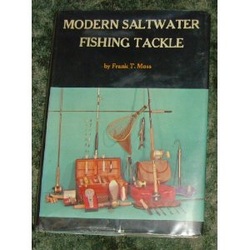


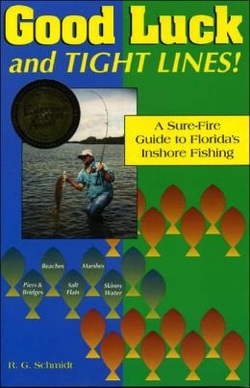
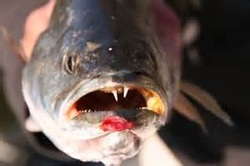

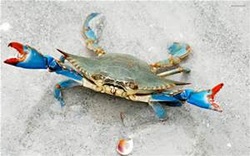

 RSS Feed
RSS Feed